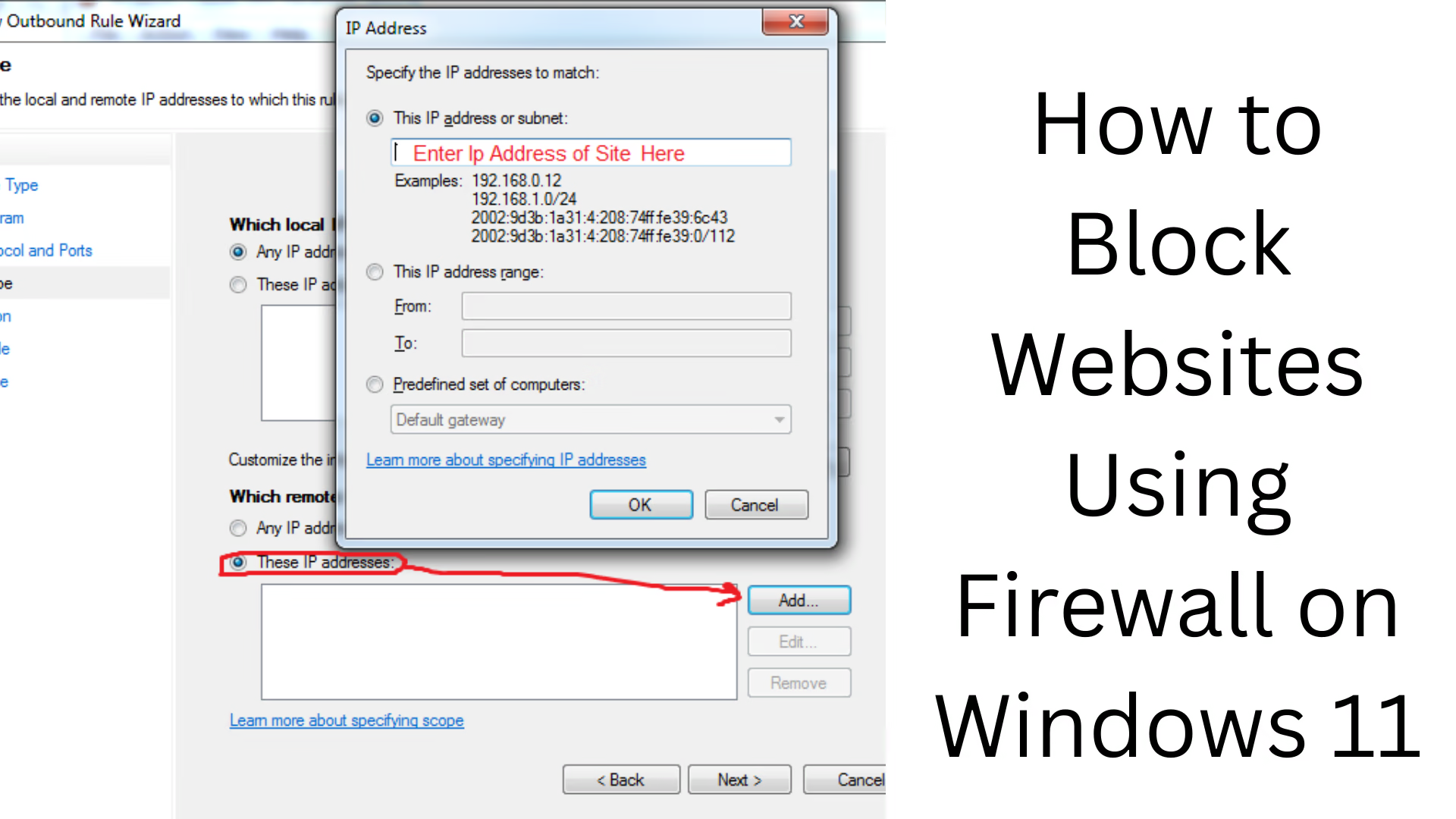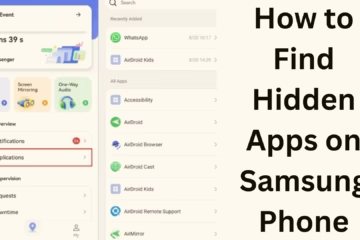While spending time on the Internet, there may be times when you need to block access to certain websites. Especially if you want to control the browsing activities of children, employees, or any device user, Windows 11’s built-in firewall can prove to be a powerful tool. In this article, we will explain in detail how to permanently block any website using the Windows 11 firewall.
Why do you need to block websites through a firewall?
Windows Defender Firewall is a security feature that controls incoming and outgoing network traffic. The need to block a website may be due to:
Protection from pornographic or inappropriate content
Preventing distractions from social media or gaming sites
Increasing productivity at the workplace
Keep children away from inappropriate websites
Step-by-step guide: How to block a website with a firewall
1. Get the IP address of the website
A firewall does not block a website by its URL, but rather by its IP address. So first, we need to know the IP address of the website.
To find the IP address:
Search for Command Prompt in the Start menu and run it.
Type this command in it:
“`
nslookup www.example.com
“`
Replace [www.example.com] (http://www.example.com) with the name of the website you want to block.
Note down the IP address that appears.
2. Open Windows Defender Firewall
To open the firewall in Windows 11:
Click on Start and type Control Panel.
Now go to System and Security > Windows Defender Firewall.
Click on Advanced Settings in the left panel.
3. Create Outbound Rules
With Outbound Rules, we will block traffic going towards a website.
To create a new rule:
In Advanced Settings, click on Outbound Rules on the left side.
Click on New Rule on the right side.
Now select Custom and click Next.
4. Set the protocol and port
Leave the Protocol type to Any and click Next.
In the next screen, select the IP addresses in Which remote IP addresses does this rule apply to?
Click on the Add button and enter the IP you noted in Step 1.
OK, and then Next.
5. Set the Action
Select Block the connection and click Next.
6. Select Profile
Check all the profiles (Domain, Private, Public) and proceed.
7. Give name and description
Give the rule a name such as “Blocked Example Website”.
Click Finish.
Add inbound rules as well (optional but recommended)
Although an outbound rule is enough in most cases, you can also create an inbound rule for more security.
Repeat the same steps for the inbound rule as mentioned above, just click “Inbound Rules” instead of “Outbound Rules”.
How to block multiple websites
If you want to block multiple websites, you need to create a separate rule for each website by extracting its IP address separately. Or you can use IP Ranges if you want.
Points to note
Some websites use a CDN (Content Delivery Network), which gives them multiple IP addresses. In this case, you need to block all IPs.
If the website is on HTTPS, a DNS block alone will not block it. That is why an IP block is necessary.
If the IP address keeps changing, you can resort to third-party tools such as OpenDNS or dedicated firewall software.
Additional Tips:
If you want parental controls for a family, the Microsoft Family Safety App is also an option.
Router-level blocking is more effective for advanced users.
If the website is constantly getting new IPs, you can also try the Windows Host File Editing method.
Alternative Method: Block a Website Using the HOSTS File
If you don’t want to find the IP address, you can redirect it to 127.0.0.1 by typing the website name in the HOSTS file.
Steps:
1. Open Notepad as Administrator.
2. Open this file:
“`
C:\Windows\System32\drivers\etc\hosts
“`
3. Add this line at the bottom:
“`
127.0.0.1 www.example.com
“`
4. Save and restart the system.
> Note: Some websites are not completely blocked by the HOSTS file because they are on HTTPS.
Conclusion
Windows 11’s firewall is a very powerful tool that allows you to permanently block any website. This technique is not only useful for protecting children but also helps in increasing productivity at the workplace. By following the above steps correctly, you can easily do this task without any additional software.
Want to grow your website organically? Contact us now
Frequently Asked Questions (FAQs) – How to block a website with firewall in Windows 11
Q.1: Can any website be blocked with a Windows 11 firewall?
Answer: Yes, the IP address of any website can be blocked through Windows Defender Firewall, so that the website will not open on the device.
Q.2: Can I block a website by just entering the URL?
Answer: No, the firewall does not block the URL directly. For this, you have to remove the IP address of that website and block it in the firewall.
Q.3: Is it easier to block a website with a HOSTS file?
Answer: Yes, but blocking with a HOSTS file only works on some websites. This method is not always effective for blocking HTTPS websites.
Q.4: Can more than one website be blocked simultaneously?
Answer: Yes, you can block each website by extracting the IP address for each website and blocking them in separate rules.
Q.5: Will this block work on all browsers (Chrome, Firefox, Edge)?
Answer: Yes, when an IP address is blocked by a firewall, it is blocked at the system level and applies to all browsers.
Q.6: Is the IP address of a website always the same?
Answer: No, some websites use multiple IPs and CDNs. In such a case, it is necessary to block all the relevant IPs.
Q.7: Can I ever access a website again after blocking it by a firewall?
Answer: Yes, you can go to the firewall, delete or disable that rule, and access the website again.
Q.8: Are admin rights required to block a website by firewall?
Answer: Yes, you need to have Administrator access to change firewall settings.
Q.9: Can websites blocked by a firewall be accessed using a VPN?
Answer: Yes in some cases. If a user uses a VPN, they can bypass firewall rules. So for more security use Router-Level Blocking as well.
Q.10: Are there any third-party tools that can block websites?
Answer: Yes, there are third-party tools like Cold Turkey, Net Nanny, OpenDNS, etc. that provide more features for website blocking.












